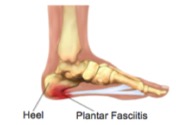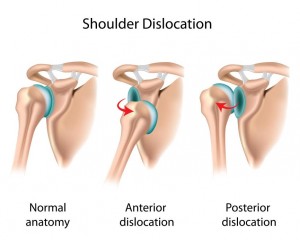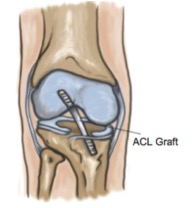What is Incidental Exercise?
The difference between an office job and a labouring job is quite obvious: the office worker sits in a cubicle for 8 hours per day while the labourer is constantly moving, walking up and down ladders or stairs, and carrying heavy loads.
The labourer is performing what is known as “incidental exercise”:exercise that occurs just because he is moving. Incidental exercise typically is unplanned exercise that occurs during your normal daily routine.
In today’s society, there is an increasing percentage of people with disease associated with sedentary lifestyle. The good news is that including incidental exercise into normal daily life can help reduce the risk of developing disease.
Here are a few ideas…
- If you live within 5km of your workplace, walk or cycle to work.
- If you drive, park 1km or more away from work and walk.
- At every opportunity take the stairs, instead of the elevator.
- Walk your kids home from school and have quality chats together.
- Have a short indoor exercise routine that you do every time you wait for the kettle to boil.
If you work in an office…
- Take all phone calls standing up.
- Swap your chair for a fitball.
- Walk to your colleague’s office instead of calling them, or ask to speak while you leave the building for coffee runs or lunch-time walks.
At home…
- Put on some music and be more active while cleaning, gardening or hanging out the washing.
- Make your daily family time active: play a game out back or go for a ride through the park.
It’s important to note that incidental exercise does not replace that hour at the gym or of sport.However, incidental exercise will make the benefits of that hour last longer and help you feel better through the day.




